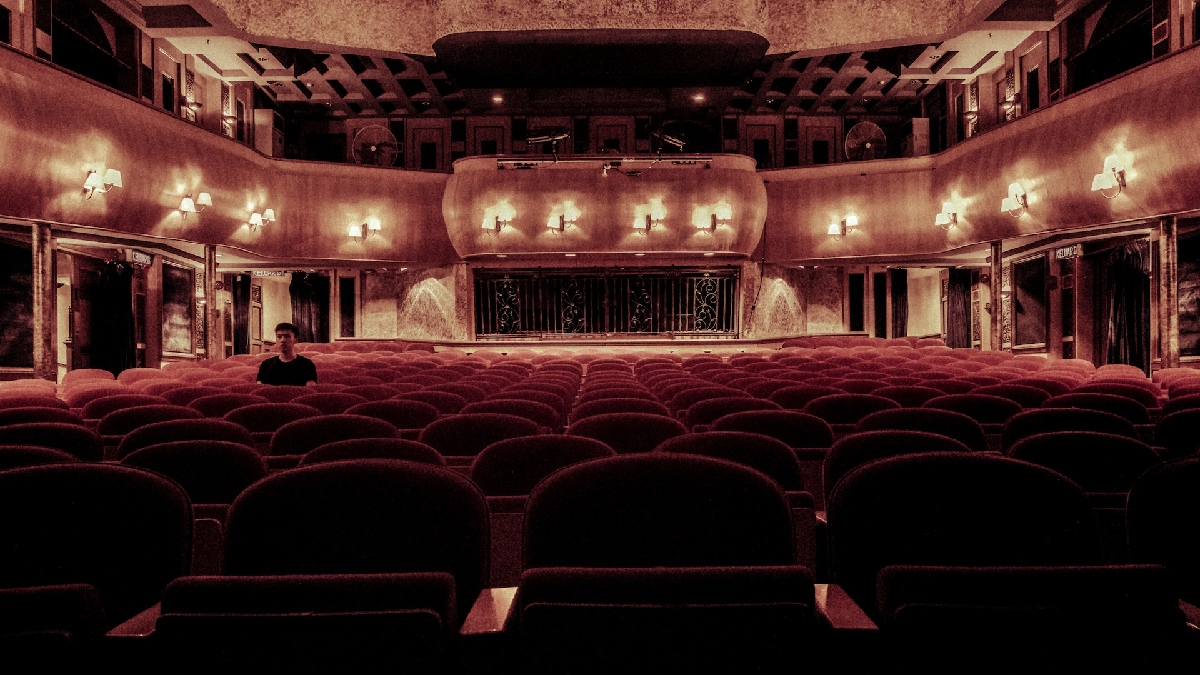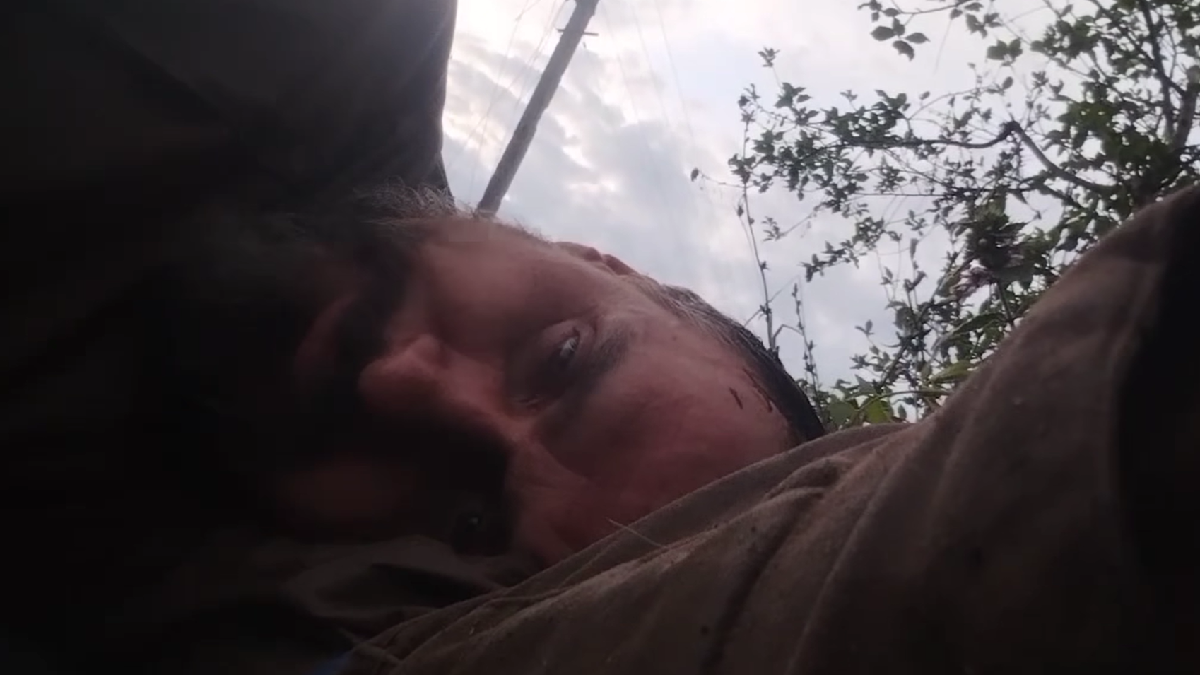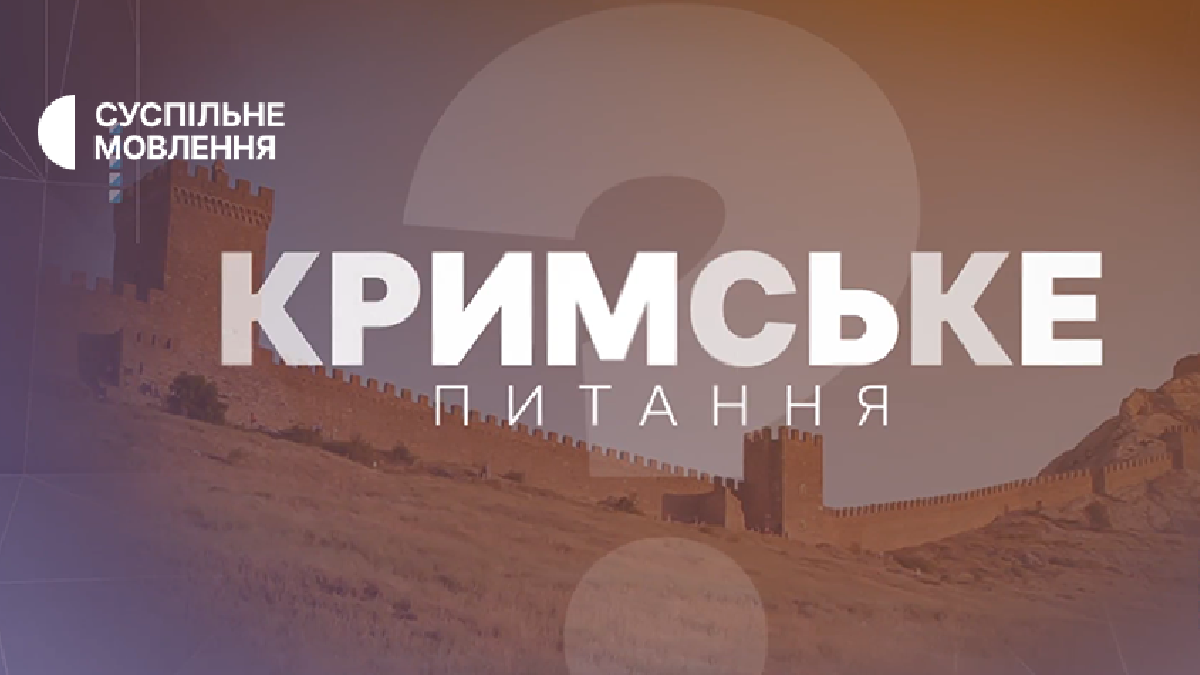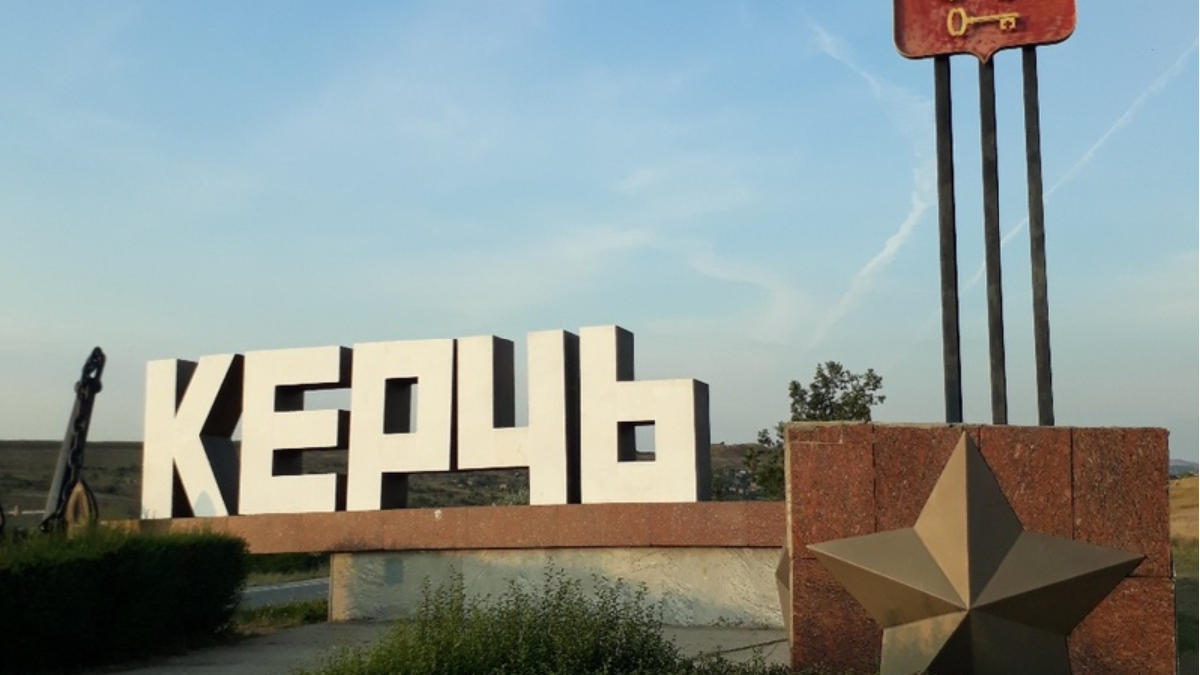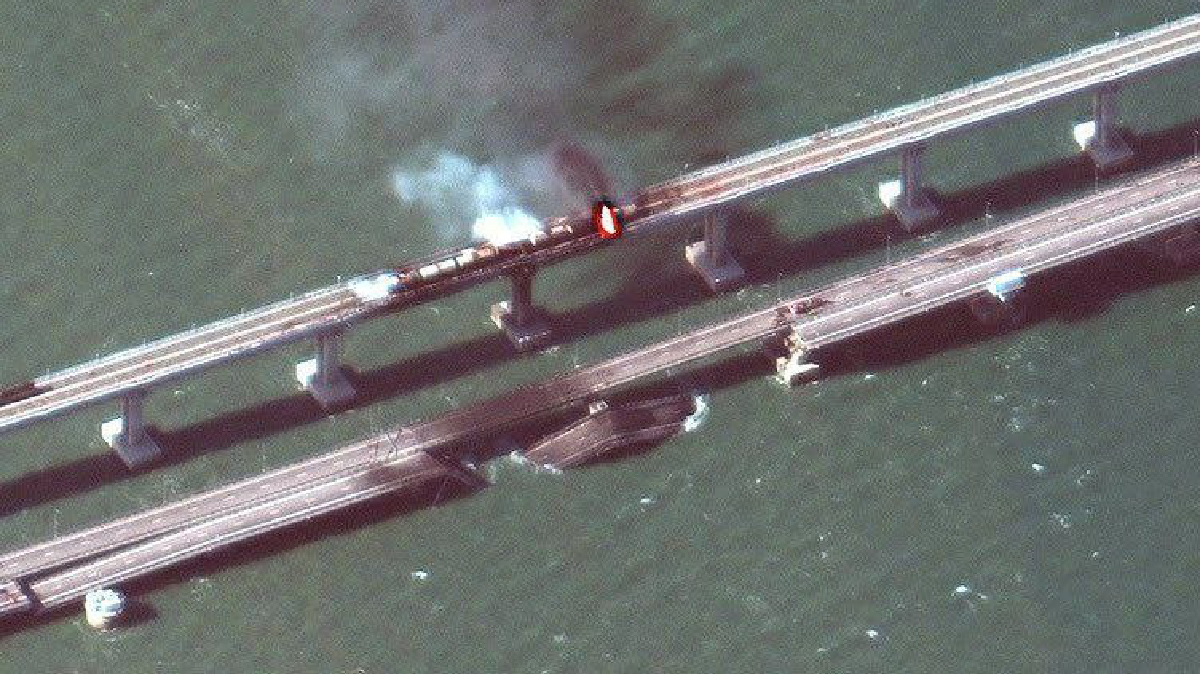What happened in Kazakhstan and whether there are parallels with the occupation of Crimea

Protests began in Kazakhstan on January 2 in response to a sharp rise in the price of automobile gas. On January 4, the rallies escalated into mass clashes with security forces, and on January 5, people seized administrative buildings and engaged in active clashes with the military and police. A state of emergency was declared throughout Kazakhstan. Amid confrontations between people and security officials, the newly-proclaimed President Kassym-Jomart Tokayev appealed to the CSTO for "help", and the organization decided to send its troops to the country. On January 10, the Kazakh authorities said the situation had stabilized and was "under control". According to security officials, nearly 8,000 people were detained in Kazakhstan during the protests.
More about what happened in Kazakhstan, what to expect in the future and whether it can be linked to the events in Crimea in 2014 was discussed in the program "Today. The main point" with Igor Semivolos - head of the Center for Middle East Studies.
According to Igor Semivolos, the overall picture is quite complex because the information received from Kazakhstan is not enough to make a complete picture, given the absence of the internet in the country:
“The protests are the trigger that started this wave. The demands were predominantly economic, and people who spoke at various meetings added several other requirements to the economic demands (reducing the cost of gas). But then, at some point, the political conditions started to appear, and I think it had to do with two things. The first is rumours that something is wrong with Nazarbayev (the first president of Kazakhstan Nursultan Nazarbayev - ed.), and the second is the inclusion in this process of political activists who have formulated, among other things, these political demands.
Before the resignation of the government, there was Tokayev's statement, and it was quite clear, harsh and understandable: "there will be no changes - everything will remain as it is", and after this statement, the first escalation begins. The protests spread to big cities, they ceased to be local at the level of western Kazakhstan, and the main protest begins in Almaty ”.
The expert drew attention to the absence of Nursultan Nazarbayev, who, according to him, has not been in public since the end of December and who was not mentioned during the CSTO meeting:
"In general, this may indicate that he is not alive or that something happened to him that makes it impossible for him to appear in public. Tokayev believed that a revolt was beginning against him, and at that moment there was a transition from protests to violence. It happened just when he imposed a state of emergency in Almaty, and it was clear that this state of emergency would lead to violence as the conflict escalated.
The head of the Center for Middle East Studies also drew attention to the change in rhetoric towards the protesters by the authorities:
“The protesters, who were still protesters on 5 January, suddenly turn into “terrorists" on the night of 7 January, and this is accompanied by looting and destruction. There are practically no video captures of clashes between protesters and the police, but there are a lot of videos of looting. This is technology, this is the preparation of public opinion for the use of force. The story with the airport remains questionable because the airport was surrendered very easily there, thus creating a “casus belli”, that is, an opportunity to start hostilities”.
Igor Semivolos also commented on Kassym-Jomart Tokayev's statement that "foreign terrorists" instigated by "foreign figures" and "20,000 bandits who attacked Almaty" were involved in the riots in the country:
"First of all, 20,000 - I don't know where he got this figure from. Apparently, 20,000 was the approximate number of people who took to the streets of Kazakhstan. Here, if you can watch the video, it was about 20 thousand in total across the country. When he speaks of foreigners, it is also a "casus belli". It was necessary to justify the invasion and intervention. The CSTO charter states that it is possible to provide military assistance in the event of external intervention, but not in the case of internal political processes.
But I think that the Russians quickly suggested this formula to Tokayev because 3 hours before that, Peskov said that the Kazakhs would figure it out on their own. And, after 3 hours Tokayev said about these 20 thousand people, that is, something happened during that time".
The expert considers it important that all CSTO countries sent their troops to Kazakhstan:
"This is a catastrophe in the sense that now all these countries have blood ties with Russia, and if the Russians want to start a war, these countries will be forced to send their contingents to Ukraine. This situation with the CSTO, in this sense, is very dangerous. And if we talk about the Russians, there is also some evidence that Russian special forces were on the territory of Kazakhstan before the official introduction of troops".
As for the next steps of the Russian Federation, he said the following:
"Now, the Russians do not need to annex part of Kazakhstan because it will be too much. They are not idiots. They may soon leave the country. But with the help of Tokayev, they need Kazakhstan to be their loyal vassal, their satellite".
According to the head of the centre, it is possible to connect the events that are happening in Kazakhstan now and the events that took place in Crimea in 2014, but there are differences:
"In Crimea, the Russians tried to camouflage their intervention by protecting the Russian-speaking population. Here the situation is slightly different - "green men" will not enter the territory of a vassal state. It would be too much. It was important for Putin to send representatives of all countries. Armenia and Tajikistan willingly sent their troops, but Kyrgyzstan resisted for two days. It did not want to send troops".
As for the reaction of the international community to these events, Igor Semivolos assesses it as restrained, and to a large extent, he attributes this to the lack of information. And the position in the international arena of Kazakhstan will remain the same - "as they voted against Ukraine, they will continue to vote". The continuation of rallies and clashes with the security forces is hardly possible:
“Protests happen when people don't think much about what they are doing when they give in to the emotions of the crowd. And now, I think that the emotions subside, the adrenaline drops and no one goes anywhere. But questions, many of these questions - they remain".


